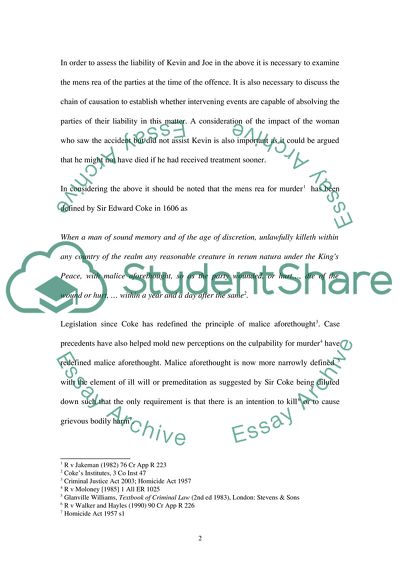Cite this document
(Criminal Law Assignment Example | Topics and Well Written Essays - 1500 words, n.d.)
Criminal Law Assignment Example | Topics and Well Written Essays - 1500 words. https://studentshare.org/law/1710782-criminal-law-uk
Criminal Law Assignment Example | Topics and Well Written Essays - 1500 words. https://studentshare.org/law/1710782-criminal-law-uk
(Criminal Law Assignment Example | Topics and Well Written Essays - 1500 Words)
Criminal Law Assignment Example | Topics and Well Written Essays - 1500 Words. https://studentshare.org/law/1710782-criminal-law-uk.
Criminal Law Assignment Example | Topics and Well Written Essays - 1500 Words. https://studentshare.org/law/1710782-criminal-law-uk.
“Criminal Law Assignment Example | Topics and Well Written Essays - 1500 Words”. https://studentshare.org/law/1710782-criminal-law-uk.


